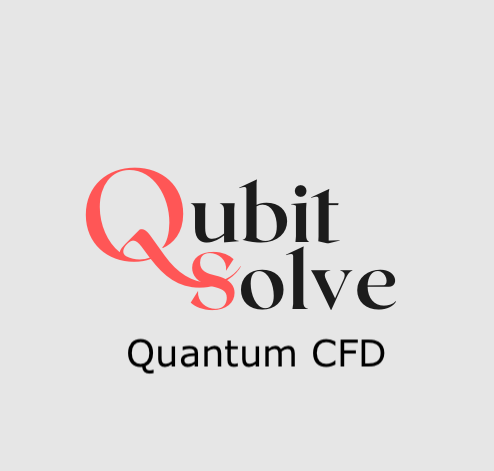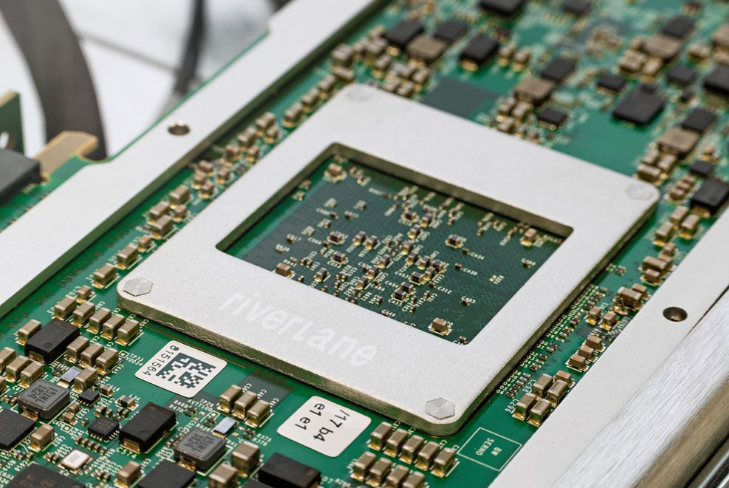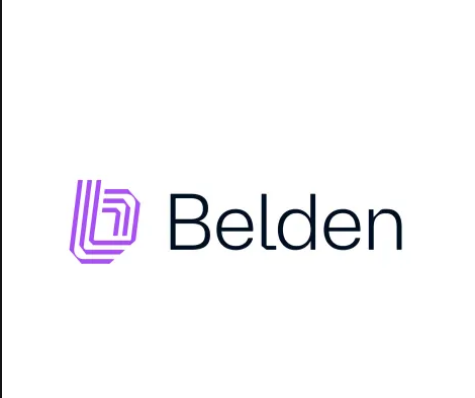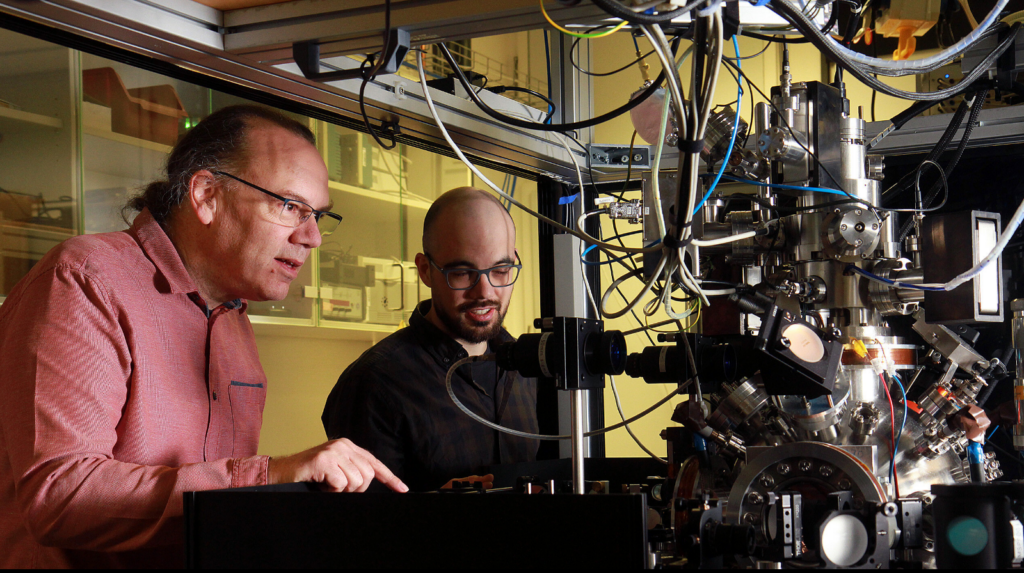Insider Brief
- BTQ Technologies announced the first successful demonstration of a quantum-resistant Bitcoin implementation using NIST-standardized post-quantum cryptography.
- The company’s Bitcoin Quantum Core Release 0.2 replaces vulnerable ECDSA signatures with ML-DSA, protecting the $2.4 trillion Bitcoin market from quantum attacks projected to emerge by 2030.
- BTQ plans to secure the entire Bitcoin network by 2026 through staged deployments, institutional pilots, and the launch of a quantum-safe mainnet.
- Image: Photo by madartzgraphics on Pixabay
PRESS RELEASE — BTQ Technologies Corp. (“BTQ” or the “Company”) (Nasdaq: BTQ) (CBOE CA: BTQ) (FSE: NG3), a global quantum technology company focused on securing mission-critical networks, today announced the first successful demonstration of a quantum-resistant Bitcoin implementation using National Institute of Standards and Technology (NIST)-standardized post-quantum cryptography. Bitcoin Quantum Core Release 0.2 replaces Bitcoin’s quantum-vulnerable ECDSA signatures with NIST-approved ML-DSA (Module-Lattice Digital Signature Algorithm), protecting against the emerging quantum threat that places Bitcoin’s entire $2.4 trillion market capitalization at risk.
The announcement comes as leading quantum computing companies accelerate their timelines for cryptographically relevant quantum computers (CRQCs). Recent industry roadmaps project reaching one million qubits by 2030, while quantum researchers are demonstrating substantial reductions in required quantum resources for breaking encryption. With over 6.65 million Bitcoin ($745 billion at current prices) immediately attackable due to permanently exposed public keys, the entire value of the Bitcoin network is vulnerable to quantum threats. BTQ’s release represents a critical milestone in securing the world’s largest cryptocurrency.
“The quantum threat to Bitcoin is an existential risk to the entire $2.4 trillion Bitcoin economy,” said Olivier Roussy Newton, CEO of BTQ Technologies. “Once quantum computers can break ECDSA signatures, every single transaction becomes vulnerable to interception and theft. While the developer community debates response strategies, we’ve built and demonstrated a working, NIST-compliant solution that can protect Bitcoin’s full market value today.”

Quantum Threat Endangers Entire Bitcoin Value
Adversaries are currently downloading the entire Bitcoin blockchain for future quantum decryption, through a method known as “harvest now, decrypt later”. In a recent paper published by The Federal Reserve, the authors warned that once quantum computers arrive, all historical transaction privacy could collapse permanently, with implications for user identification, transaction graph analysis, and ownership of funds. Approximately 6.65 million Bitcoin have permanently exposed public keys, including 1.9 million BTC in early Pay-to-Public-Key (P2PK) addresses and 4 million BTC in reused addresses. These coins face “long-range attacks” where quantum computers can derive private keys offline, potentially including Satoshi Nakamoto’s estimated 1 million BTC ($123 billion).
Once quantum computers achieve sufficient processing speed, every Bitcoin transaction becomes vulnerable during the ~10-minute window when public keys are exposed in the mempool before mining, meaning Bitcoin’s entire market capitalization faces quantum risk, not just coins with pre-exposed keys. Without quantum-resistant signatures, the entire Bitcoin network loses its security foundation. Additionally, Grover’s algorithm provides quantum computers a quadratic speedup for Bitcoin mining, potentially disrupting the proof-of-work consensus mechanism and enabling double-spend attacks that could undermine trust in the entire network.
BTQ Delivers First NIST-Compliant Quantum-Safe Bitcoin Implementation
Bitcoin Quantum represents the culmination of BTQ’s decade-long expertise in post-quantum cryptography implementation and optimization. The demonstration includes:
- NIST ML-DSA Integration: Complete replacement of vulnerable ECDSA signatures with FIPS 204 standardized ML-DSA (formerly Dilithium), providing 128-bit post-quantum security
- Full Transaction Lifecycle: Support for wallet creation, transaction signing, verification, and mining with quantum-resistant cryptography
- Consensus Modifications: Increased block size to 64 MiB and script limits to accommodate larger post-quantum signatures
- Mainnet and Testnet Genesis: New genesis blocks mined with production-ready parameters for both mainnet and testnet deployments
“We now have production-ready code that can protect Bitcoin’s entire $2.4 trillion value,” explained Roussy Newton. “Over the past decade, we’ve solved the fundamental engineering challenges of integrating post-quantum cryptography into Bitcoin’s architecture while maintaining the core mechanics that make Bitcoin a trusted store of value.”
BTQ Foundation to Coordinate Industry-Wide Quantum Defense
Recognizing that protecting the broader $4 trillion cryptocurrency market requires coordinated action, BTQ announces the establishment of the BTQ Foundation, co-chaired by BTQ Technologies. The Foundation’s mission focuses on:
- Funding Development: Supporting open-source development of quantum-safe blockchain infrastructure to protect the entire cryptocurrency ecosystem
- Dynamic Consensus Building: Coordinating rapid response to evolving quantum threats through flexible governance structures
- Standards Leadership: Leveraging BTQ’s chairmanship of QuINSA (Quantum Internet Standards Alliance) to establish industry-wide quantum security standards
- Migration Frameworks: Developing tools and best practices for transitioning trillions in digital assets to quantum-safe architectures before quantum computers arrive
Decade of Post-Quantum Leadership Positions BTQ at Forefront
BTQ’s demonstration builds upon over 10 years of post-quantum cryptography expertise:
- NIST Standards Participation: Active contributor to NIST post-quantum standardization process since inception
- QuINSA Leadership: Co-chair of quantum communications working group, with QPoW (Quantum Proof-of-Work) as first adopted work item
- Technical Innovations: Pioneered NIST standardized Falcon signature aggregation techniques and QCIM hardware acceleration capable of securing billions in transaction volume
- Hardware Capabilities: Through acquisition of Radical Semiconductor, developed CASH (Cryptographically Agile Secure Hardware) achieving up to 1 million post-quantum signatures per second
This technical foundation has enabled BTQ to be first-to-market with multiple quantum-safe blockchain innovations including the Quantum Stablecoin Settlement Network (QSSN) securing digital assets for Danal and Finger Inc Group in Korea.
Commercial Roadmap: From Demonstration to Global Deployment
Bitcoin Quantum is an independent blockchain network derived from Bitcoin Core, created as a quantum canary network for Bitcoin. It introduces a new genesis block, post-quantum signature schemes such as ML-DSA, and a fair-mined supply identical in cap at 21 million. Unlike other chain forks, Bitcoin Quantum does not share Bitcoin’s ledger — it is a clean-slate, quantum-secure network built for modern store-of-value, forward experimentation and enduring resilience.
With Bitcoin’s entire $2.4 trillion market capitalization at risk and quantum computers potentially arriving by 2028-2030, the window for protective action is narrowing rapidly. BTQ’s demonstration proves quantum-safe Bitcoin is feasible today, potentially catalyzing large volumes of institutional funds moving towards quantum-safe assets, increased regulatory oversight to comply with new regulations such as the GENIUS Act, and a heightened sense of urgency to face the existential threat posed by quantum computers. BTQ’s Bitcoin Quantum roadmap targets protection of the full Bitcoin market by 2026, including:
- Q4 2025: Testnet launch and security auditing
- Q1 2026: Enterprise pilot programs with institutional digital asset managers
- Q2 2026: Mainnet launch with migration tools for existing Bitcoin holders
- 2026-2027: Integration with major exchanges and wallet providers to protect retail and institutional holdings
Every Bitcoin holder, from Satoshi’s coins to today’s institutional treasuries, faces the same quantum threat. BTQ’s solution protects not just specific vulnerable coins, but Bitcoin’s entire value proposition as digital gold. Through this initiative, BTQ is a first-mover in providing quantum protection for the $2+ trillion in Bitcoin value that could define the future of digital assets.

















